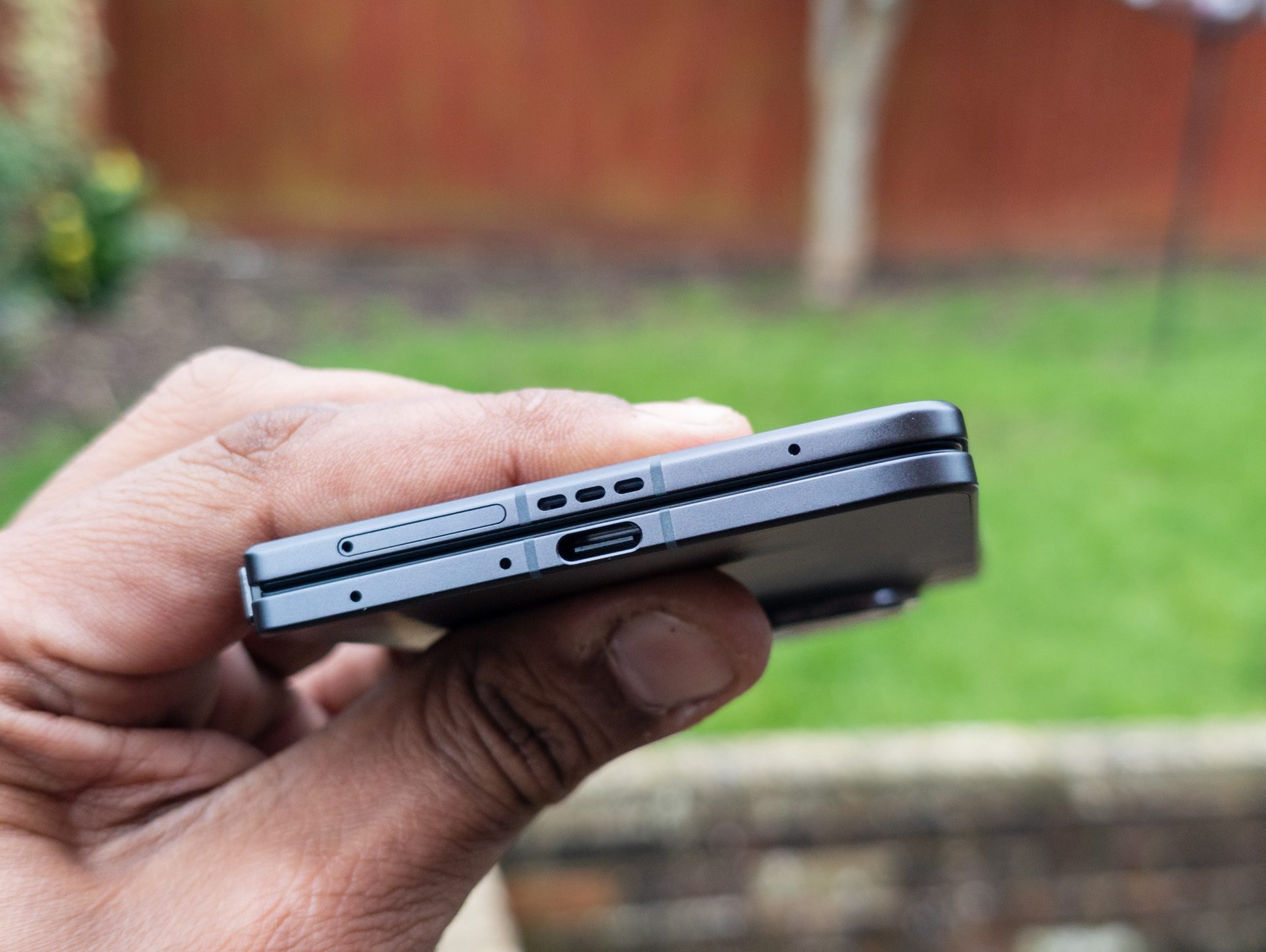I’m wrapping up a two-week trip to China, which has taken me to two cities, allowed me to attend the Oppo Find X8 Ultra launch, and visit Huaqiangbei, the world’s most vibrant technology market. During a visit to the latter, I found $9 AirPods Pro, which are shocking, and a $12 Apple Watch Series 10, which is downright bizarre.
This trip also allowed me to experience a plethora of phones that aren’t widely available globally, if at all. Companies like Xiaomi, Huawei, Oppo, and Vivo aren’t available in many countries, and even when they are, the best phones often do not make their way to Western markets. Instead, they’re for local Chinese customers to experience only.
Here are four Chinese phones that I wish were available globally..
Huawei Pura X

The most unique phone is also the newest. Announced a few weeks ago, the Huawei Pura X rethinks the form factor for the best flip phones. Phones like the Motorola Razr and the Galaxy Z Flip 6 feature large front displays that unfold into traditional smartphone-sized displays and form factors.
The Pura X takes a refreshingly different approach: the cover display is smaller than those used by Samsung and Motorola at 3.5 inches, but it’s designed to be used horizontally, and the cameras are located entirely separately from the display. When you unfold it, you get a 6.3-inch display that’s also smaller than the competition, but crucially, it’s significantly wider.

Before I experienced it, my initial reaction was that it would be unlikely to be that useful. However, it is the ideal form factor, especially if you enjoy watching movies, reading books, or scrolling through social media. A wider display isn’t as ergonomically friendly, but it’s the first time we’ve seen a company attempt to blend the flip and book-style folding phone form factors.
It’s so unique that it deserves a spot on our list of the best folding phones, just for that reason.
Oppo Find N5

I’ve already reviewed the Oppo Find N5, and it’s the one folding phone that I always keep with me. Its biggest problem? It’s only available in China and Singapore.
The world’s thinnest folding phone, it’s a behemoth that builds on the successful OnePlus Open and adds a range of improvements, including a triple camera (two of which are 50MP), stylus support on both displays, and IPX8/IPX9 water resistance. It features the largest main display on a folding phone, measuring 8.12 inches, a Snapdragon 8 Elite processor, and a 5,600 mAh battery with support for 80W wired charging and 50W wireless charging.

All of this is packed into an impossibly thin body that measures just 4.21 mm when unfolded and 8.9 mm when folded. For context, the latter is over 3mm thinner than the Galaxy Z Fold 6, and less than 1 mm thicker than the iPhone 16 Pro Max and Galaxy S25 Ultra. As far as folding phones go, the Find N5 proves that you don’t always have to compromise.
Xiaomi 15 Ultra

From folding phones to non-folding models, and the Xiaomi 15 Ultra, a camera powerhouse. It was announced at MWC 2025 in February and is the latest addition to a long line of Xiaomi Ultra phones dedicated to photography.
It features a total of five sensors. There’s a 50MP main camera, a 50MP ultrawide camera, and a time-of-flight 3D depth sensor. There’s also a 50MP telephoto lens that offers 3x optical zoom, and a secondary 200MP periscope telephoto lens that provides a unique 4.3x optical zoom.

By far the most interesting feature is the optional photography kit, which adds a protective housing around the phone, transforming it into a handheld camera complete with easy zoom triggers and a metal camera ring. Of all the phones on this list, the Xiaomi 15 Ultra is available in the most countries, including the UK, but it isn’t available in the US.
Vivo X200 Pro

From one photography powerhouse to another: the Vivo X200 Pro. It’s set to be joined by the Vivo X200 Ultra in the next few days, but the X200 Pro brings the best of other Ultra phones in a more affordable Pro model.
The 50MP main camera is joined by a 50MP ultrawide camera and a 200MP periscope telephoto camera that offers 3.7x optical zoom. It’s another unique focal length, and while I’m yet to spend enough time with it to comment on the camera, the rear finish on the blue model is particularly different.

It features a glass finish with a wavy pattern underneath that is striking, especially when compared to the more mundane finish on most phones. It features 90W wired charging, 30W wireless charging and a 6,000 mAh Silicon Carbon battery. All of this at a price that’s roughly $880 when converted from Chinese Yuan.
China has a lot more phones and gadgets that stand out for a variety of reasons, but these four phones all offer something unique and stand out from the best phones you can buy in the US. I should know: I have all four in my possession as I type this while in a car from Shenzhen to Hong Kong.



